Three audience attention metrics you should look at before conversion

Conversions are a concrete affirmation that what you’re doing is working, so as a marketer, it’s easy to get caught up in the notion that it’s the only metric that matters. But before someone converts, they need to pass through two other critical mindsets: awareness and consideration.
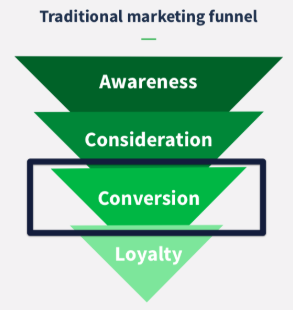
Marketers need to pay attention to what their audiences are paying attention to during these top-of-funnel stages, well before the conversion (meta, we know). Otherwise, you may miss an opportunity to grow your audience, and get less of those coveted conversions.
“If you value attention, you can really connect to an audience, market to them better, build loyal brand followers, and ultimately, make money,” Clare Carr, VP of Marketing at Parse.ly, said on a webinar with eMarketer.
As a marketer, are you considering the content formats, topics, and referrers that have people’s attention before the moment of conversion? Here are three ways you can start to do that today.
1. Track which topics or angles resonate the most
If a tree falls in a forest and nobody hears it, will they ever convert? In order to generate awareness, you have to grab people’s attention by producing content around the topics that matter to them. But how? Think in aggregate about all the content you produce and make sure you’re tracking more than just which individual articles or posts get engagement.
HelloFresh, a meal kit company, has used content tagging to figure out what topics their audience cares most about. The meal kit industry has a lot of players, so HelloFresh uses content to stand out and connect people with their brand. Tagging by ingredient in their Parse.ly dashboard helps the team figure out what topics their audience pays the most attention to.
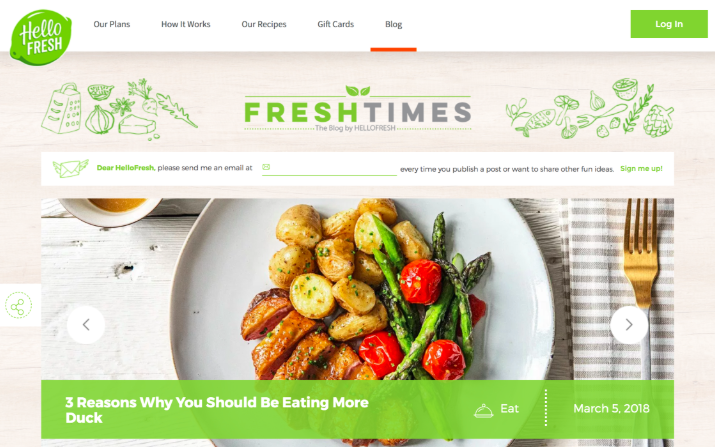
This tagging strategy allows you to take action on the attention trends of your audience. Depending on the results for the day, week, or month, HelloFresh can use page view data about ingredient tags to guide what they write about, and even what food their chefs plan.
“It’s not just, ‘Did this article or did this recipe do well?’” Carr said. “It’s, ‘When we talk about chocolate, do more people care and pay attention than when we talk about cheese?’ And this isn’t just for their editorial strategy, either. This is now marketing that helps inform their chefs and their product team about the recipes they produce.”
These insights help boost what HelloFresh really wants to see: conversions to meal kit subscriptions, and keeping customers from churning.
2. Know where your audience is already paying attention
To drive awareness, you need to make sure you’re pushing content to the right channels. Depending on the topic of the content you’re producing, the places where you can connect with your audience will vary.
Writing reviews? Parse.ly’s 2018 traffic sources by content category study showed that Google search is best for reviews and how-tos. Trying to reach parents? The majority of readers accessed lifestyle content through Facebook, with parenting content being the most referred from Facebook.
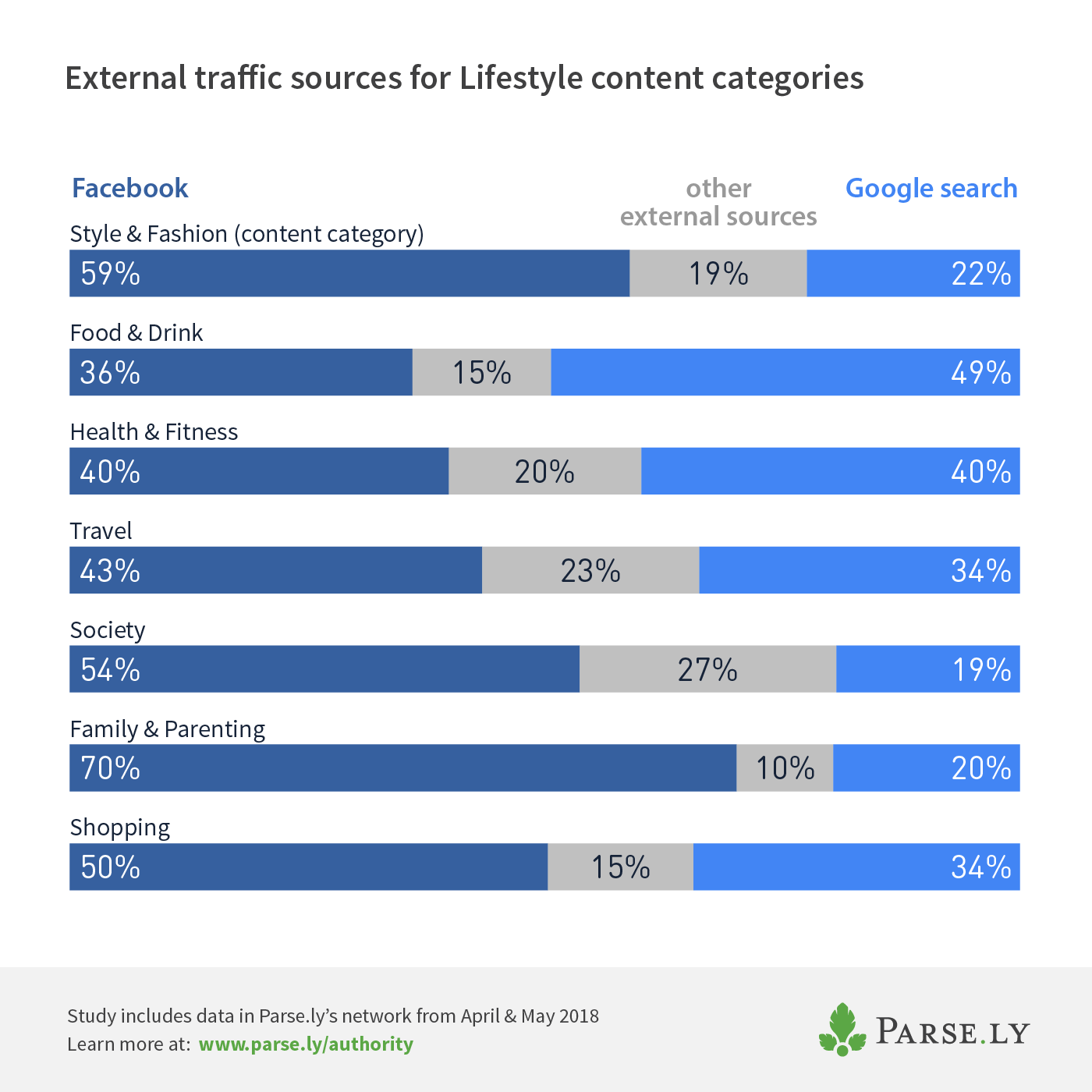
To determine where to distribute content based on the topics you write about most, take a look at your referred visitors data. What referrers are successfully capturing the attention of your audience?
3. Evaluate content engagement (and not just the social type)
What content format resonates with your audience? Video? Long-form? Slideshows?
Back in 2016, it felt like everyone in media and marketing was talking about pivoting to video. But was video actually engaging? Not necessarily, according to the data. As we found in the study, long form content was the most engaging across our network.
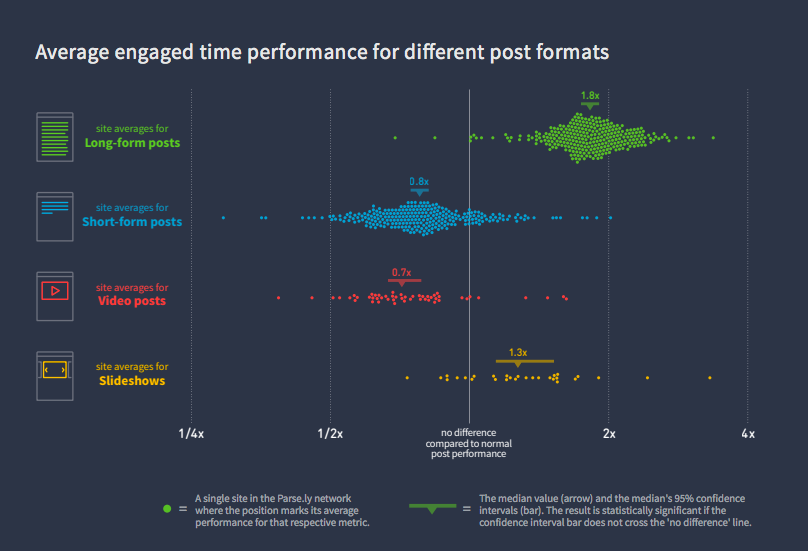
Keep in mind, this study encompassed on Parse.ly’s entire network of data. In order to figure out what post format works for you, try tagging content by format length.
For example, The Star uses word count:
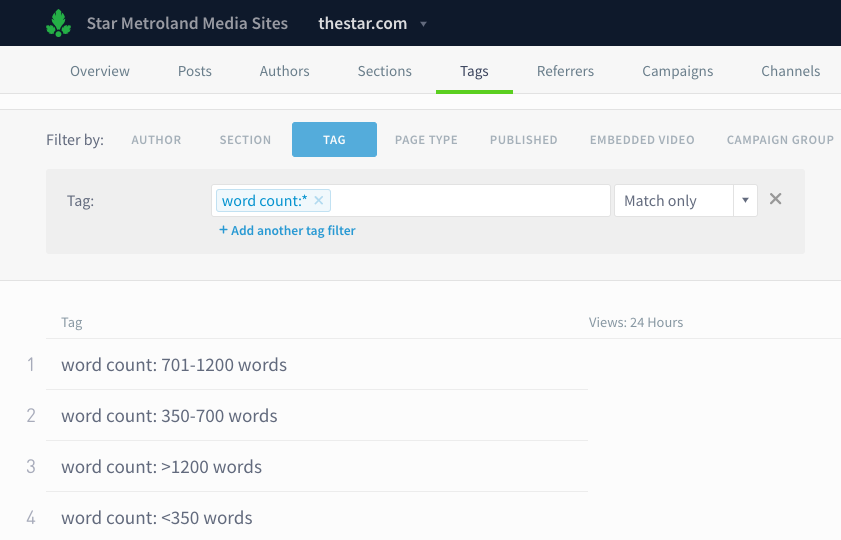
If you tag your content by post length, you’ll learn what constitutes a typical average engaged time benchmark for each type of content. Average engaged time or engagement rate can act as a more descriptive and informative metric than bounce rate for marketers. For instance, say someone visits your site, spends higher than average engaged time with a page, and then leaves. Technically this is a bounced visit but it is by no means a “bad” visit. If someone spends time with your content, it indicates a successful moment of consideration.
Without successful moments of consideration, there will be less successful conversions. Understanding, tracking, and improving your audience’s attention should be top of mind, if you want to increase the top of your funnel.